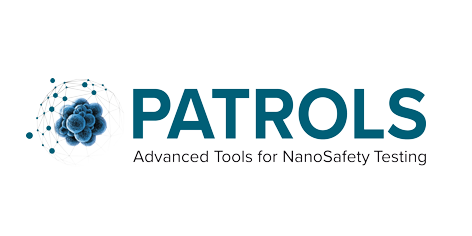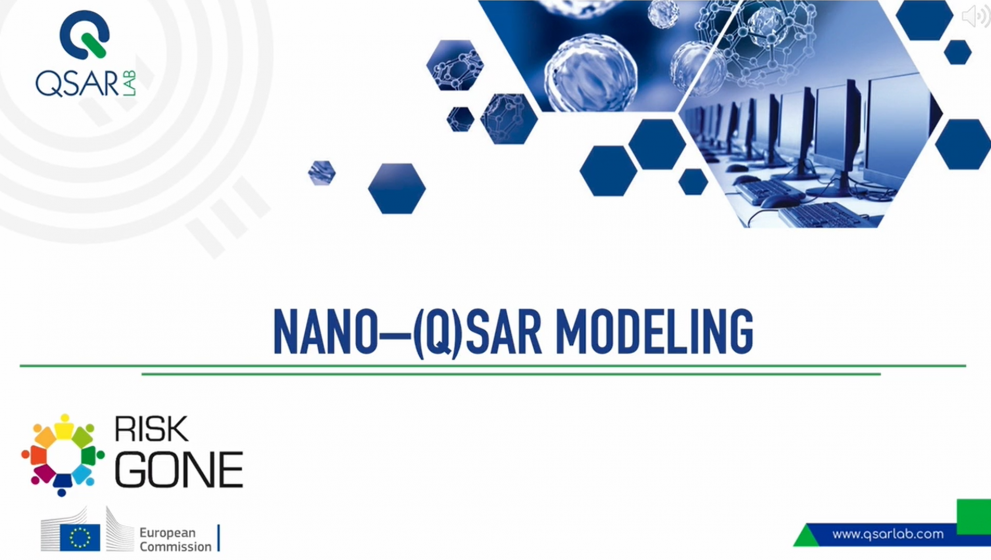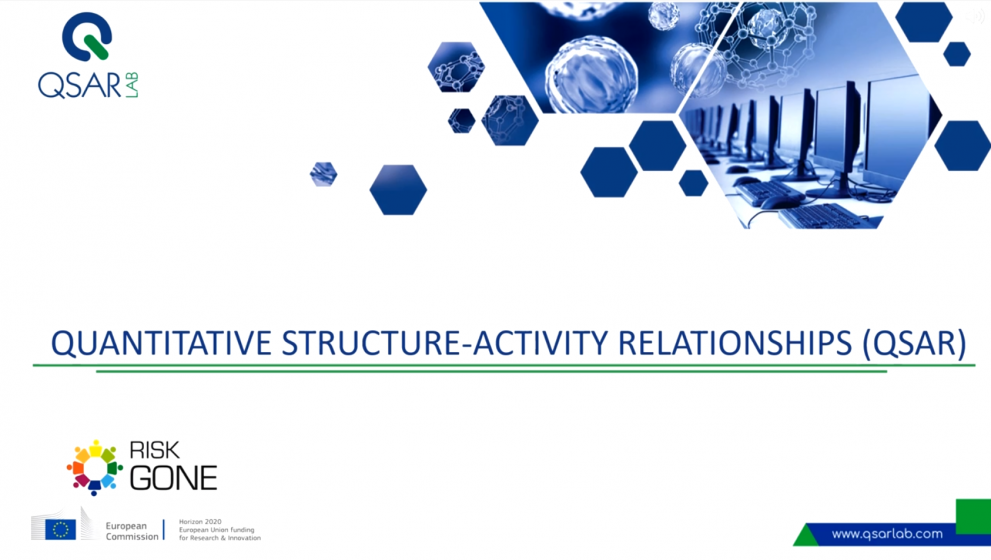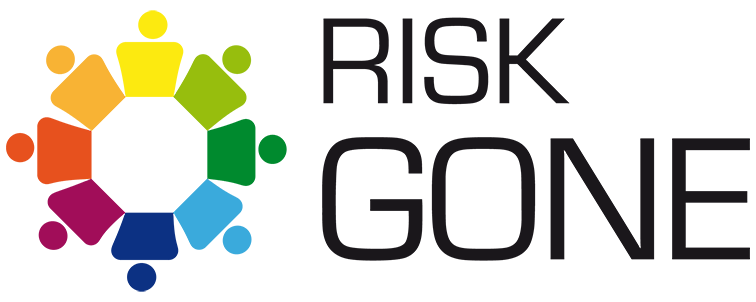TRAINING
-

New training video available! A simple guide on how to determine the effective density of ENMs
CONTINUE READING: New training video available! A simple guide on how to determine the effective density of ENMsIn a training, RiskGONE brings a simple and efficient guidance on how to determine the effective density of engineered nanomaterials – ENMs using volumetric centrifugation method (VCM). In cellular assays, ENMs can form agglomerates in presence of cell culture media which change the size and the effective density of nanoparticles. This agglomeration can impact the…
-

Nanomaterial hazard assessment – Training materials and webinars by PATROLS project
CONTINUE READING: Nanomaterial hazard assessment – Training materials and webinars by PATROLS projectFinished in 2021, PATROLS was an international project combining a team of academics, industrial scientists, government officials and risk assessors to deliver advanced and realistic tools and methods for nanomaterial safety assessment. PATROLS achieved significant results over its lifetime and left a substantial legacy which can be used by industry, regulators and researchers to help move towards…
-

New Training Material video – NanoQSAR methodology
CONTINUE READING: New Training Material video – NanoQSAR methodologyA new RiskGone training material provides guidance on how to develop appropriate scientifically validated Nano-(Q)SAR/(Q)SPR models for the development of safe-by-design nanomaterials as well as regulatory purposes. Nano-(Q)SAR/(Q)SPR models are an adaptation of (Q)SAR/(Q)SPR methodology for nanomaterials, where the models may be applied for nanoforms of the same substance or nanoforms of different substances. The…
-

New training video – Quantitative structure-activity relationships (QSAR)
CONTINUE READING: New training video – Quantitative structure-activity relationships (QSAR)In a new training material for RiskGone, a neural network provides an overview of QSAR models and how they can be used. QSAR models define the relationship between the variance in molecular structures and the variance in a modelled biological activity for a group of sufficiently similar compounds. Models can be used to obtain missing data…
-
New training video – Ethics of Nanomedicine – Lecture by Dr Ineke Malsch, RiskGone partner
CONTINUE READING: New training video – Ethics of Nanomedicine – Lecture by Dr Ineke Malsch, RiskGone partnerOn 17 March 2022, Ineke Malsch discussed Ethics of Nanomedicine during the course on ethics of biomedical research organised by the VISION project. Nanomedicine is applied in e.g., mRNA COVID-19 vaccines, and enables digital twins, organ on chip and wearables. Introducing nanomaterials in the body raises nanosafety issues. Ethical issues are e.g., related to freedom,…
-
Video – Comet assay, step by step
CONTINUE READING: Video – Comet assay, step by stepThe Norwegian Institute for Air Research (NILU), coordinator of RiskGONE, created a short video showing the main steps in conducting a comet assay, in order to assess the toxicity of nanomaterials. One of the aims of the RiskGONE project is the verification, optimisation and development of methods for the characterization and human and eco-toxicological hazard…
-

Comet Assay – Practical online course/video training by NILU
CONTINUE READING: Comet Assay – Practical online course/video training by NILUMaking the gel drops: cells embedded in agarose are put on slides Dates: 15th-19th March 2021 Location: remote/virtual The Norwegian Institute for Air Research (NILU), coordinator of RiskGONE, is providing a practical online course/video learning on the Comet assay. This training workshop represents the second edition of a series of trainings to be organised as part…
-
RiskGONE coordinator hosts training for project partners on different assays
CONTINUE READING: RiskGONE coordinator hosts training for project partners on different assaysThe Norwegian Institute for Air Research (NILU), coordinator of RiskGONE, hosted a training workshop at its premises in Kjeller, Norway, from 17-20 February. Project partners were trained on different assays for use with engineered nanomaterials which will be part of the Round Robin exercise and testing later in the project. The training was targeted at those project…

